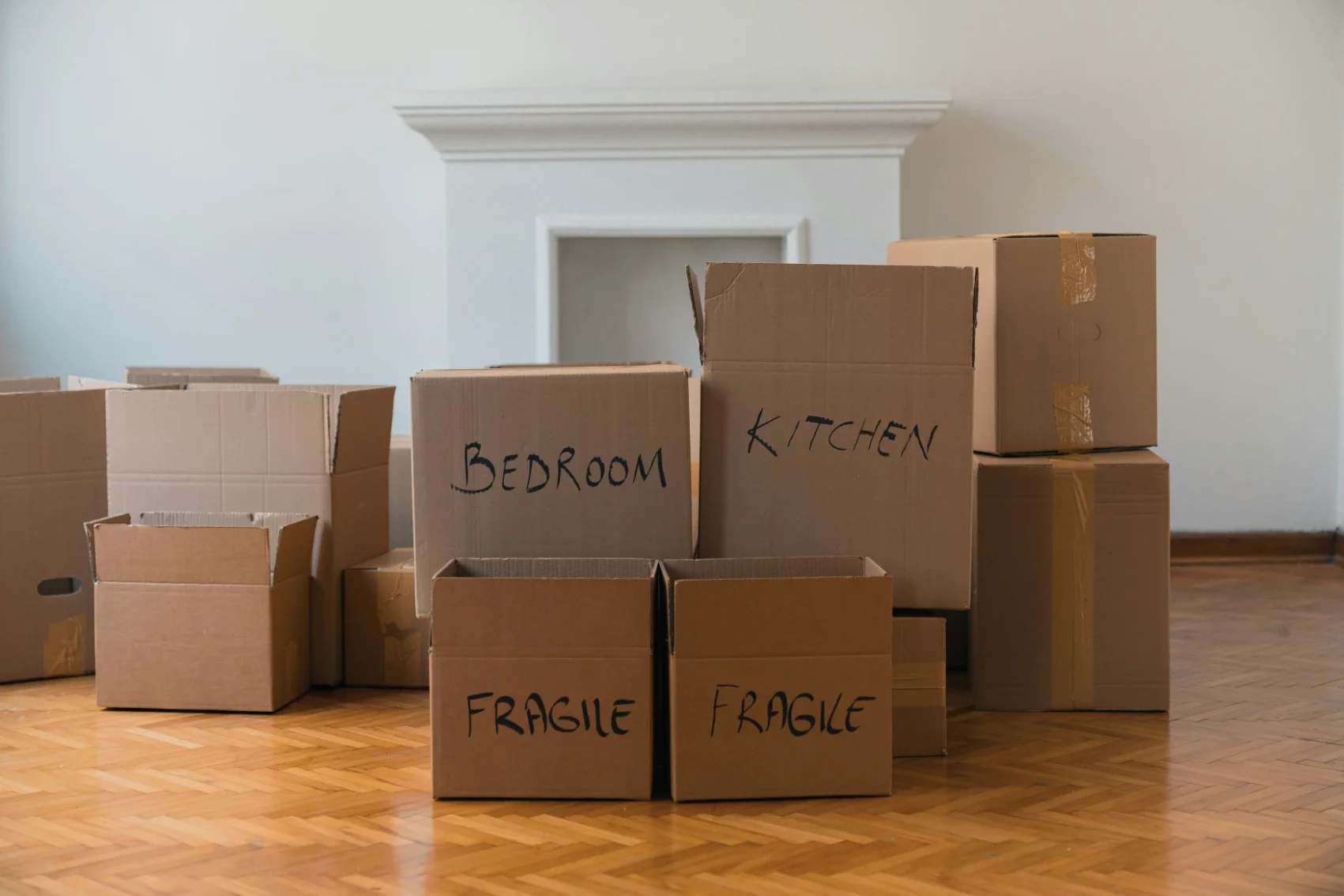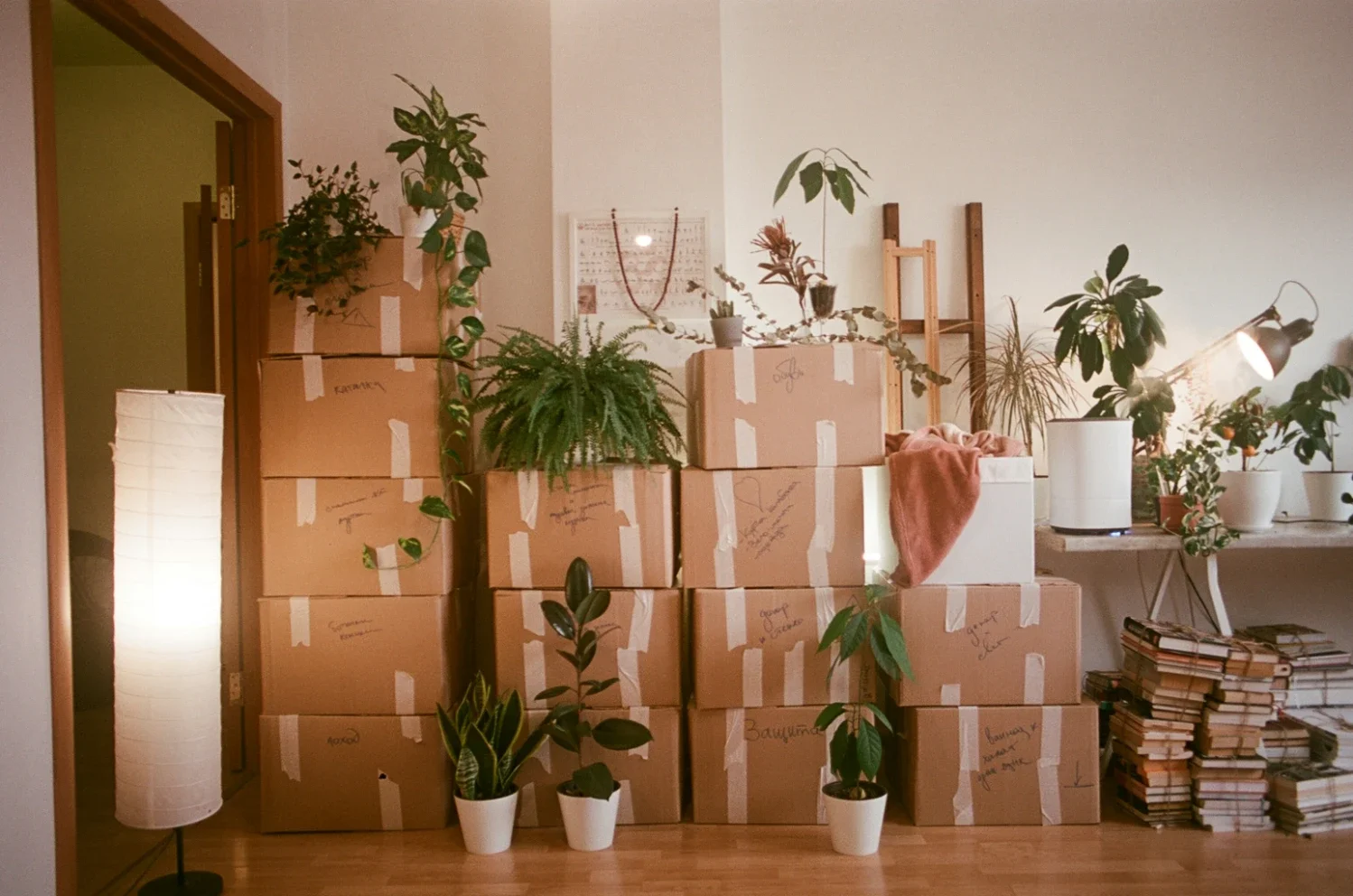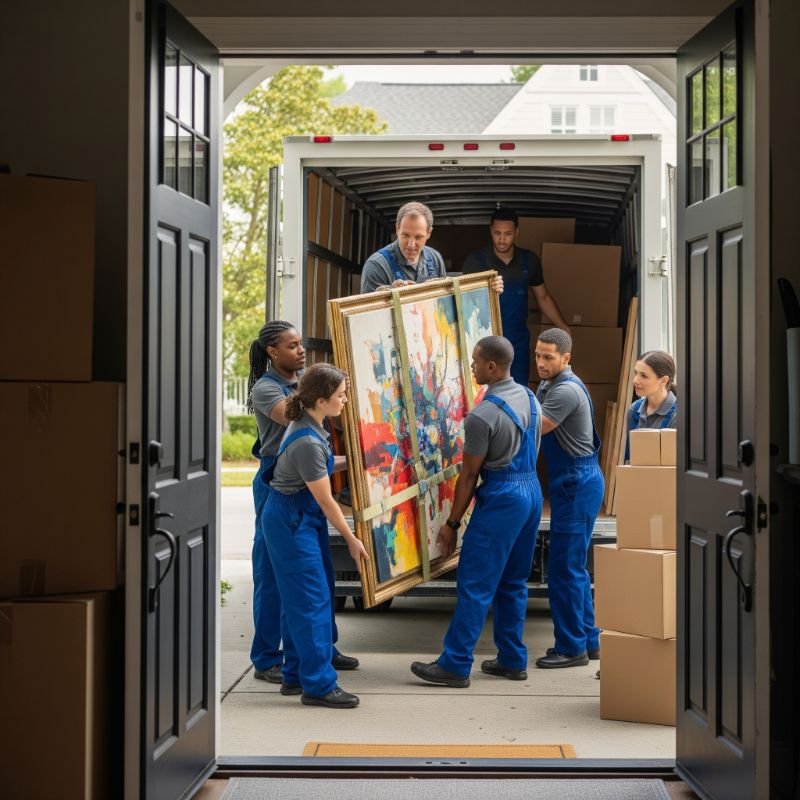Prepare Your Home For A Smooth And Stress Free Move
Get practical tips to prepare your home for a smooth, stress-free move. Stay organized, protect your belongings, and make relocation easier than ever.
A clean hallway, clear corners, and labeled doors change moving day more than most people expect. Crews work faster when paths are wide and rooms are ready.
You also protect floors and paint from scrapes that add cost later. Smart prep keeps the house calm and safe while boxes roll out.
If you plan to hire help, compare options early and ask about home protection steps. Reputable northern virginia moving companies can bring floor runners, corner guards, and door jamb pads.
They also advise on parking permits and elevator schedules. That guidance is worth as much as the truck and labor.
Declutter Room By Room
Start with one room and make four simple piles that match your plan. Keep, donate, recycle, and discard cover almost every item you touch. Heavy castoffs slow crews and raise labor time, so move them out first. A lighter house loads faster and rides safer across town or state lines.
Handle paints, solvents, and lawn chemicals with care, since many movers will not carry them. Ask your local waste program about drop off rules and dates for hazardous items.
Once the piles are set, schedule donation pickup or hauling so rooms stay open. Bag soft goods and box small items to avoid messy stacks. Break down old furniture if allowed by your waste service rules. Keep receipts for donations, photos for records, and a short list of items removed.
Simple Packing System
Use new or strong boxes, high grip tape, and paper or foam for padding. Mix heavy items with light items to keep box weight friendly for safe lifts. Fill gaps so contents do not shift, then tape seams in both directions. Stack by size, with heaviest boxes on the bottom layer every time.
Create a label style any helper can read from a few feet away. Write the destination room, brief contents, and box number on two sides. Place a color sticker for the room on the top corner for fast sorting. Keep a phone list that maps box numbers to contents for quick searches.
Try this quick setup for labels and tracking:
Assign a color to every room on your plan.
Use large letters for the room and a short two word content note.
Number boxes per room, then list numbers and contents in one shared note.
If you pack early, stage boxes by zone so paths stay open. Build safe stacks no higher than chest height near the door. Keep fragile boxes on a clean table away from heavy traffic. Leave one clear lane from each room to the main exit path.
Protect Floors And Walls
Measure the tight spots that might catch large items, such as stair turns and narrow doors. Remove doors from hinges when needed and store the pins in a labeled bag.
Wrap furniture corners and glass with moving blankets and stretch wrap. Cover sharp edges and handles that can cut walls by accident.
Set up a runway from the truck to the main entry before heavy lifting starts. Place a large welcome mat outside and floor runners inside to trap grit and moisture.
Add corner guards on painted walls near turns and stairs for extra safety. Keep a few microfiber cloths ready to wipe rails and doorknobs during the move.
Helpful materials you can stage near the entry:
Ram board or cardboard runners for hard floors
Non slip drop cloths for stairs and landings
Door jamb protectors or thick towels with painter’s tape
Felt pads and sliders for last room rearranges
Walk the main path every hour to pick up grit and stray wrap. A quick sweep protects finishes and lowers the chance of slip risks. Check stair treads for loose tape or curled edges before the next load. Small resets keep progress steady without costly delays or damage.
Ready Appliances And Fixtures
Unplug and drain appliances at least twenty four hours before loading to avoid leaks. Defrost the freezer, clean the fridge, and leave doors cracked open to air out.
Disconnect water lines for washers and refrigerators, then cap both ends. Tape cords and hoses to each unit so nothing drags or snags.
Remove bulbs and shades from lamps and pack them in labeled boxes with soft fill. Take down curtain rods and blinds, then bag the screws and brackets right away.
Place all small hardware in clear bags with room labels and tape them to a larger card. Save one small toolbox for last minute jobs and quick fixes.
Confirm which fixtures stay and which ones move so there are no surprises. Photograph complex setups before you disconnect cables or wall mounts.
Note gas shutoff valves and main water shutoffs, then share their locations with helpers. Keep that note in your pocket for quick reference during the final walkthrough.
Plan Your Final Week
Seven days out, build a simple checklist that covers people, parking, and building access. Reserve elevators and loading docks if your building requires it, and post the time near the mailbox.
Place signs that mark the path from the truck to your unit or house. Ask neighbors about vehicles to avoid blocked driveways on moving morning.
Update your mailing address, voter registration, and vehicle records as needed. The government’s centralized page lists the steps and agencies most residents will need.
See the change of address guide at usa.gov for a clean overview. Snap photos of meter readings on moving morning for your utility files.
Pack an open first box that allows your family to function on the first night. Include bedding, towels, simple cookware, chargers, and a basic cleaning kit.
Add a power strip, a few snacks, and pet items if needed. Keep medications and vital documents in a small bag that stays with you.
Carry cash for tips if your building bans electronic transfers for crews. Set bottled water and light snacks near the entry so breaks are quick.
Keep a trash bag and broom near the door for ongoing cleanups. Those resets make the last hour smoother for everyone on site.
Make Moving Day Easier
Small steps add up when houses are busy and time is tight. Prepare rooms, protect finishes, and share clear labels with the team.
Call out hazards and tight turns before the first lift begins. Calm planning reduces repairs, lowers time on site, and gives you a better first night.































